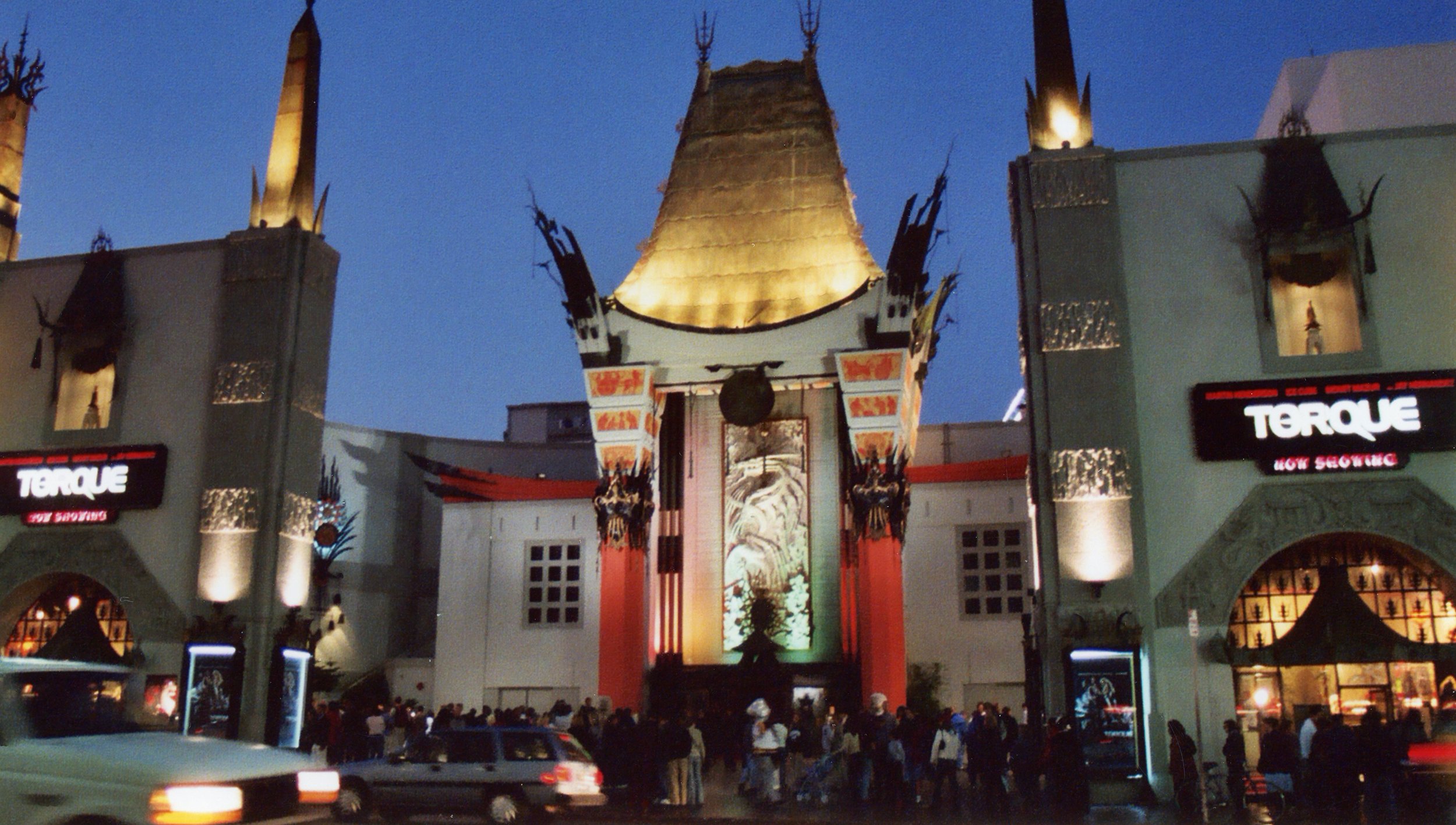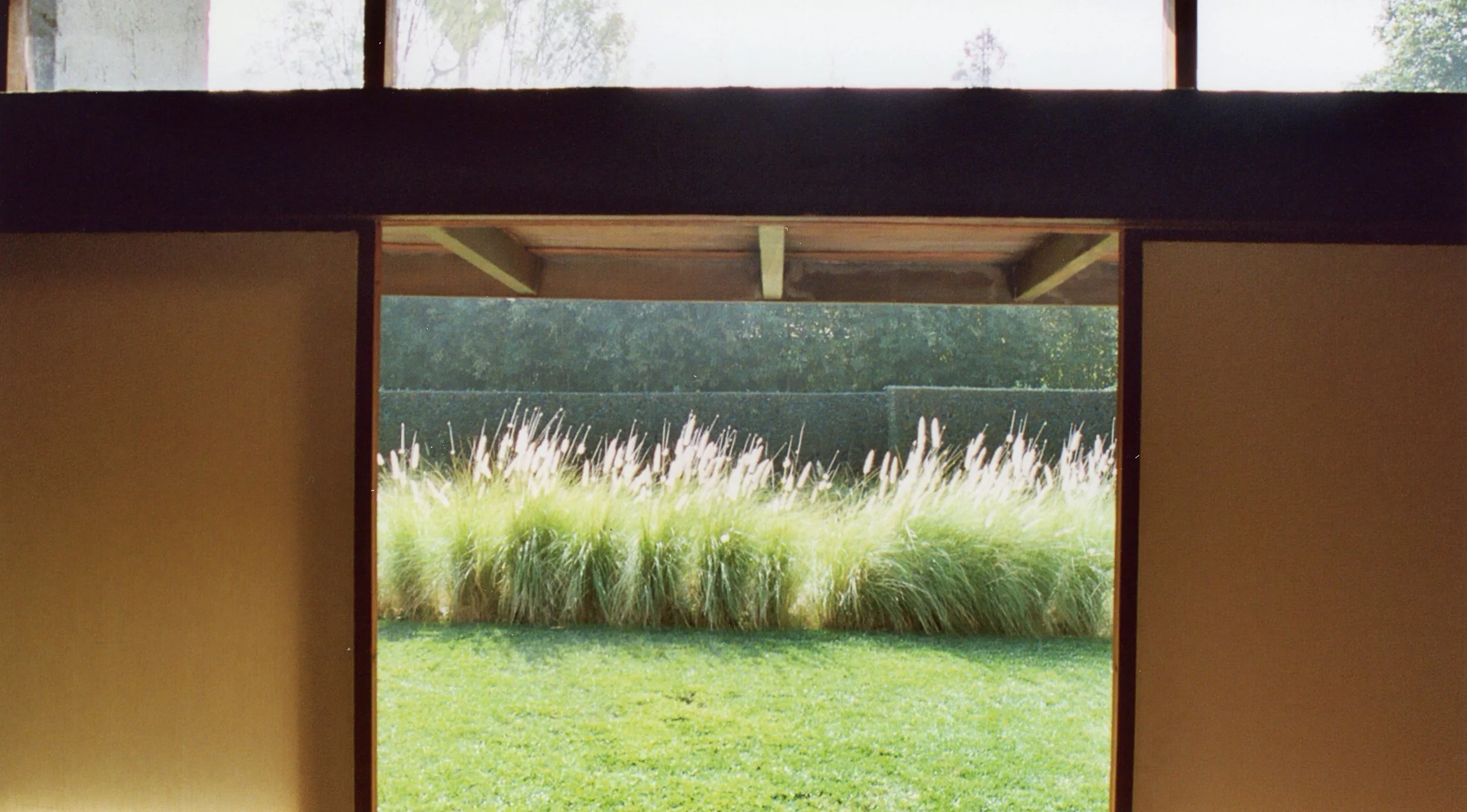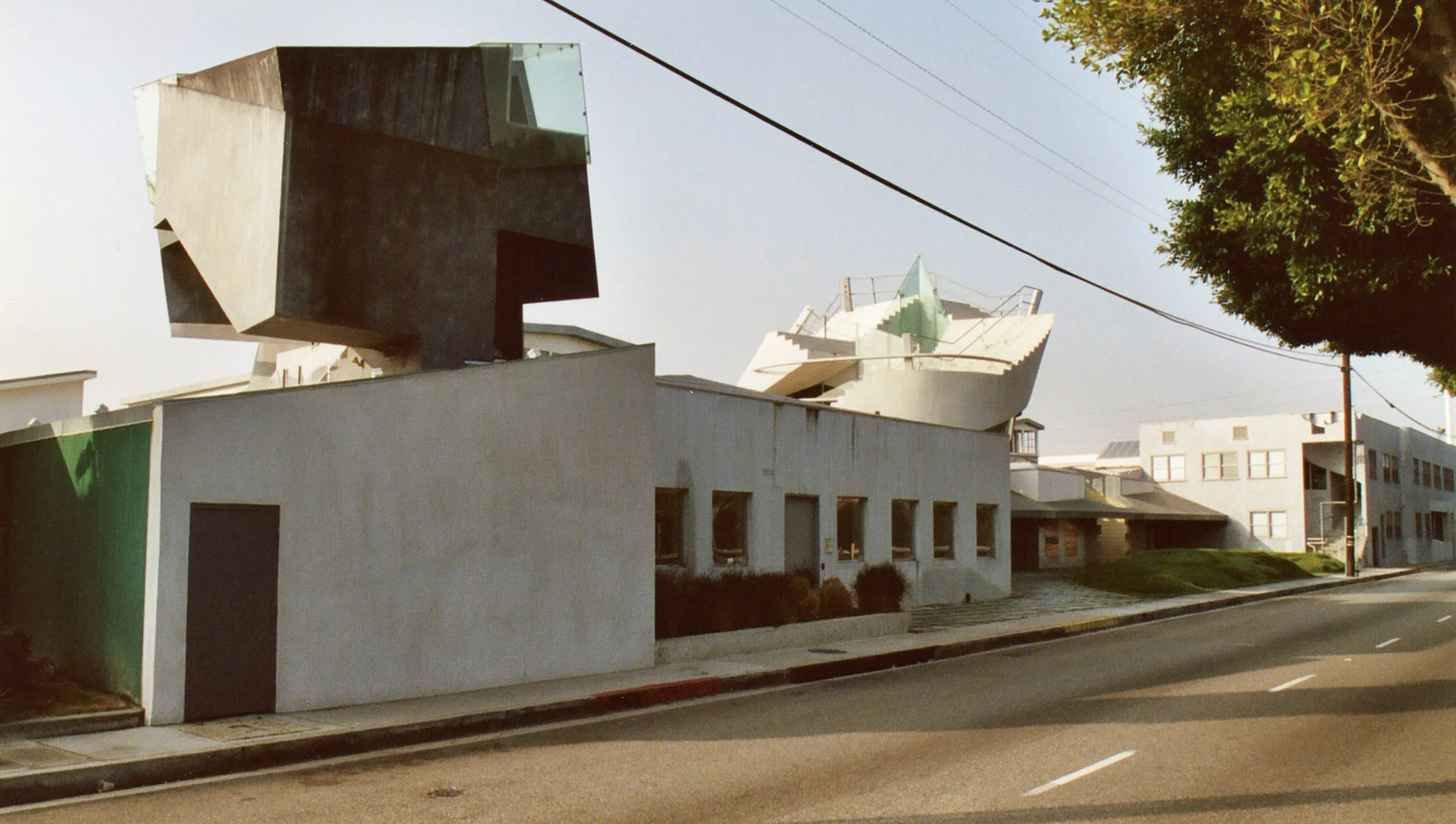
Page 3 of 5
West Hollywood, California
But this desert life, this high life, here at the dying end of the day
Three blocks south of Santa Monica Boulevard on a quiet residential street in West Hollywood sits the former home of Rudolph Michael Schindler. An Austrian architect, Schindler came to Los Angeles when working for Frank Lloyd Wright and never really left. Schindler designed this house in the 1920s and lived the rest of his life in its gardens and under its low ceilings.
Schindler and his wife shared the house for a few years (in the late 1920s) with Richard Neutra and his wife. They lived together a most unusual life (for Austrians in the 1920s), eating nothing but fruit, sleeping in the yard, wearing robes all the time and hosting big parties while following all the other latest bourgeois Hollywood trends. From this period of unbridled creativity came Neutra's Lovell Heath House and Schindler's Lovell Beach House, not to mention two really cool houses for the Lovells.
There is an amazing familiarity between the spaces and gardens of the Schindler House and a typical Japanese temple. If you added a few paintings, some tatami mats, lowered the ceilings just a bit, enforced a no shoes policy and threw in some Japanese nationals, you'd swear you were in Kyoto.
After Mrs. Schindler left, came back and died (in the late 1970s), the landmark house ended up in the hands of a group of Austrians, the MAK Center. They operate the house as a self guided museum, sometimes with exhibits and sometimes not. The MAK Center also offers relatively expensive yearly tours of both (private) Lovell Houses every fall, providing yet another good reason to consider that stopover in Los Angeles.
Between Westwood and the airport is Culver City, an unassuming little town that is slowly being taken over by architect Eric Owen Moss. In particular there is an industrial park that is home to some media companies, all owned by the same developer and all with seemingly unnecessary additions and renovations with cute little names. This is the Box (the one on the roof on the left that looks like a box) and the Beehive (the one on the roof on the right that doesn't look like a box).
Other than creating cool identities for media companies and attracting people like me, the Culver City additions really don't do much. They're almost like little parasites or growths in an otherwise normal enough light industrial park.
Just around the corner from the Box and the Beehive is the Umbrella, well protected by a security guard but still reachable by my much loved 75mm-300mm lens.
The closest thing to a real, full building is Stealth, located between the Beehive and the Umbrella. The long, dark building feels like its twisting but doesn't seem to be hiding at all, maybe Stealth wasn't really the best cute name for this one.









